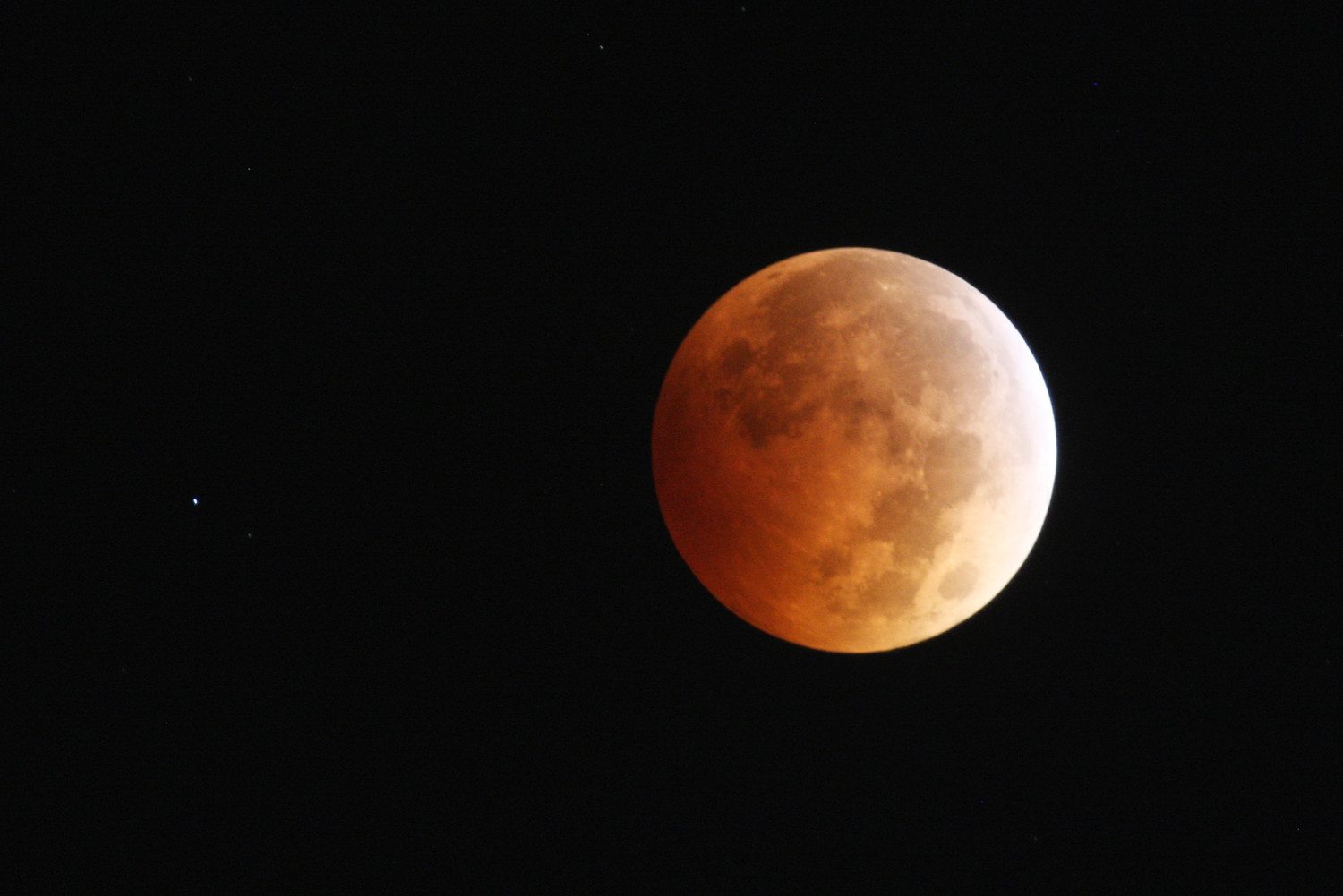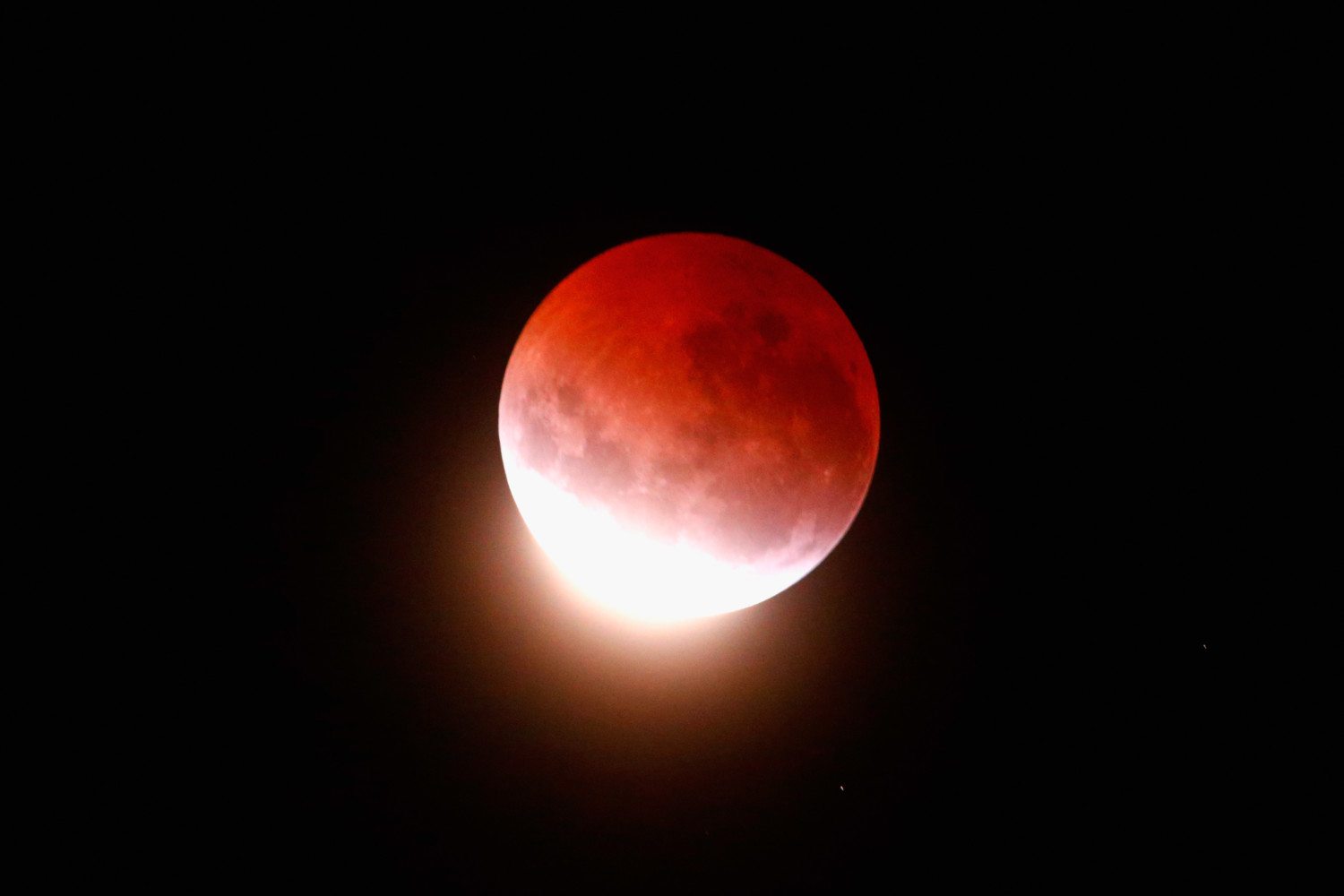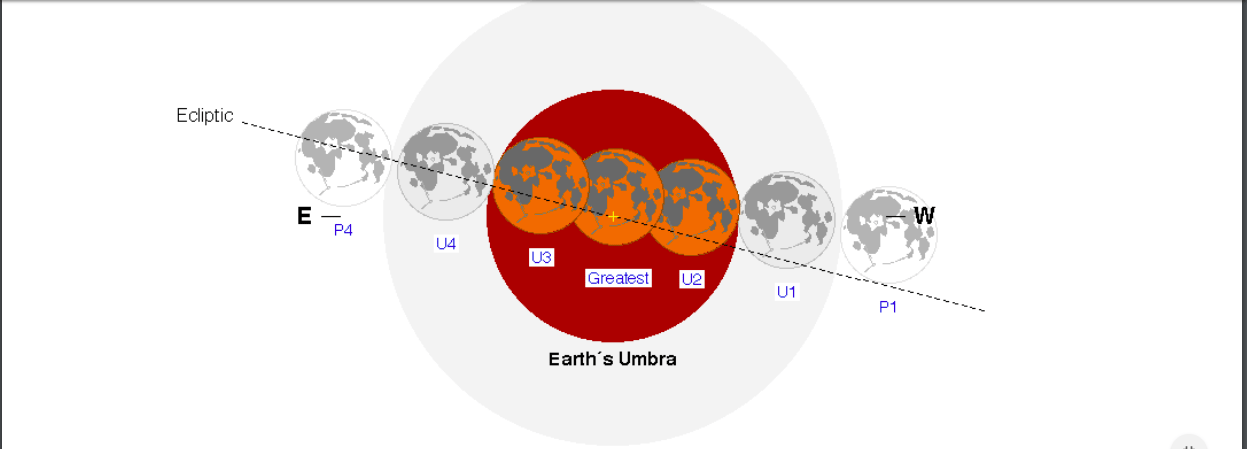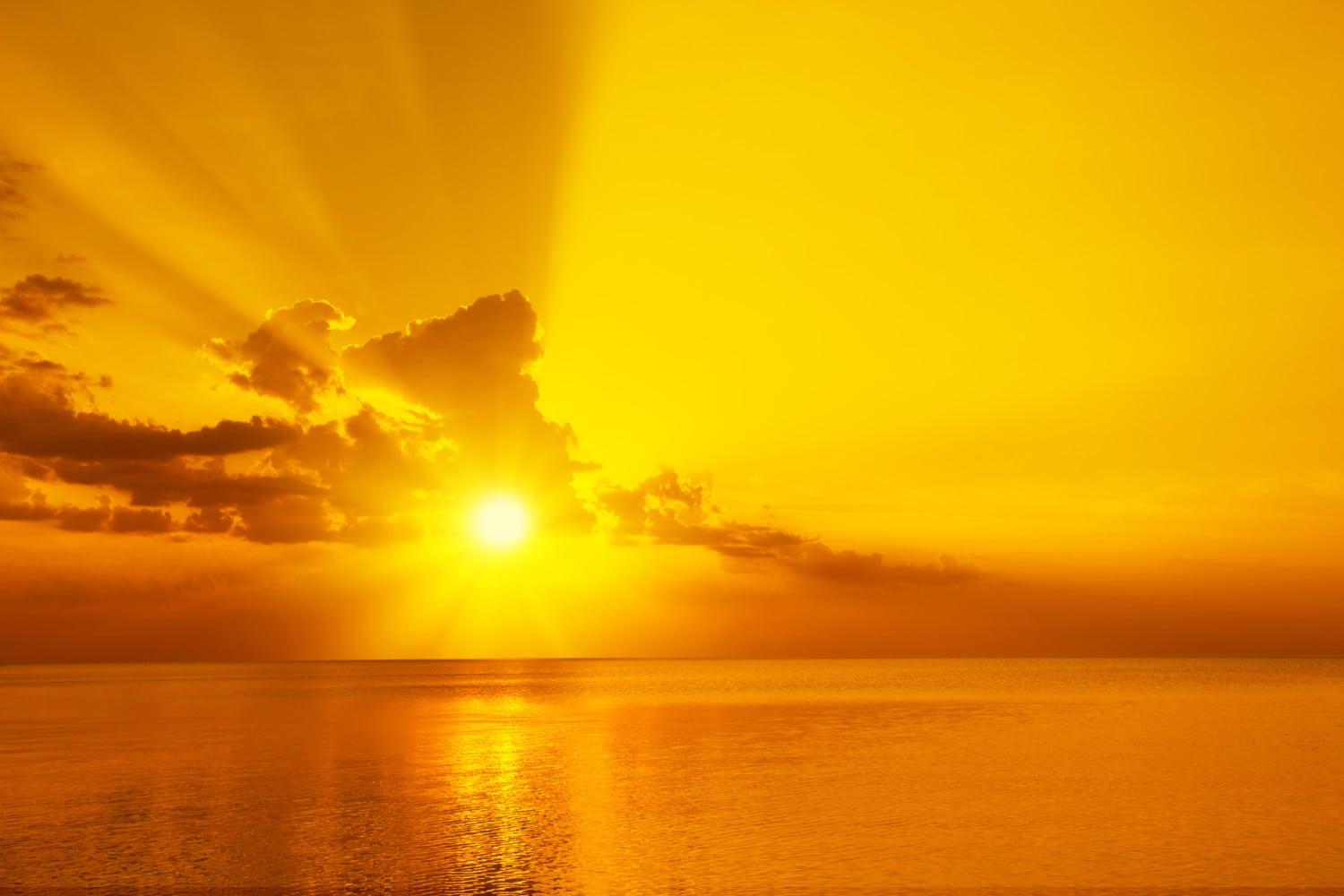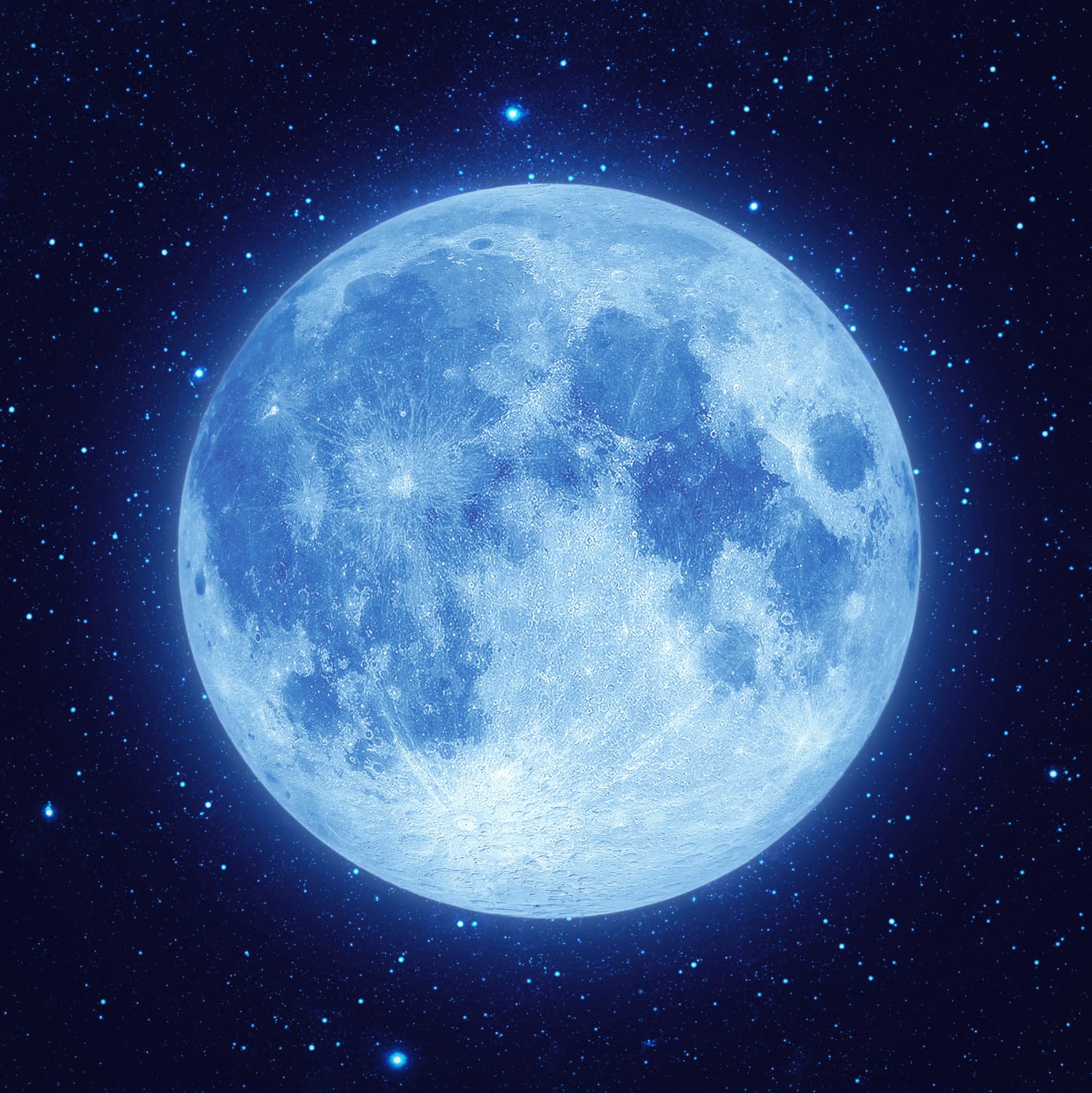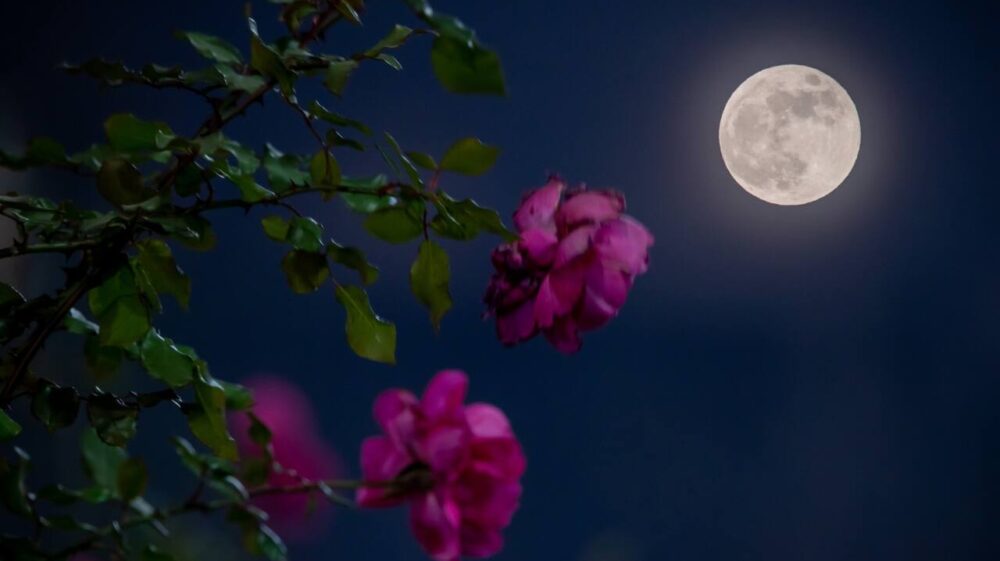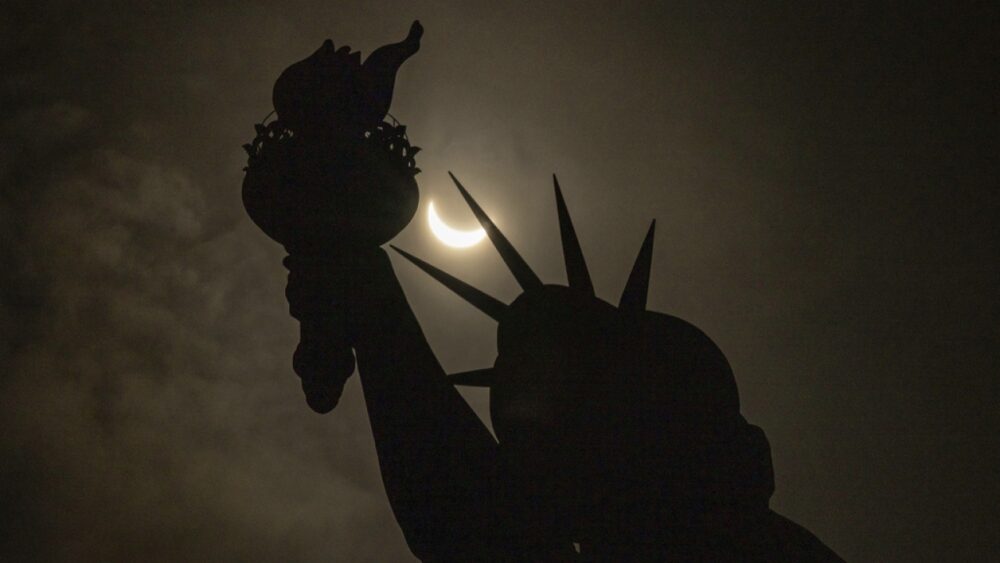The Longest Lunar Eclipse Of The Century Will Happen In July
July’s full moon is going to be a once-in-a-century beauty. Not only will it turn red as it passes through Earth’s shadow on the night of July 27-28, but this lunar eclipse will be the longest in 100 years.
The total lunar eclipse, or blood moon, will last for a grand total of one hour and 43 minutes. By contrast, total lunar eclipses typically last around an hour, give or take.
Partial eclipses before and after the total eclipse will last one hour and six minutes each, meaning the moon will spend three hours and 55 minutes behind at least a part of the Earth’s shadow.
Where To View The Lunar Eclipse
Unfortunately for everyone in the United States, we won’t be able to see a single minute of the eclipse, total or partial.
This lunar show is reserved for the Eastern Hemisphere — places like Africa, the Middle East, Asia and Australia.
The best views in the world will likely be in Madagascar and the Middle East, where the eclipse will occur right at midnight. East and west of those locations, people will have to look to the sky closer to moonrise or moonset, depending on which direction you’re traveling. Here’s where you can see the eclipse.
What Makes An Eclipse Last So Long?
So what’s the reason behind such a long eclipse time? A couple of things are at play here. First, the moon is almost passing through the center of the Earth’s shadow.
Here’s an announcement about the rare eclipse, shared on Twitter by Space.com:
Blood Moon 2018: Longest Total Lunar Eclipse of Century Occurs July 27 https://t.co/k72vkeWpGA pic.twitter.com/BjOv2tRsTH
— SPACE.com (@SPACEdotcom) June 26, 2018
Second, the moon is at its lunar apogee, or farthest point from Earth, which makes it appear that much smaller — think the opposite of a super moon.
Did you see the most recent super moon? Here’s some amazing footage:
Setting New Records — Almost
Both of these things combined are coming together near the end of July, making for the longest lunar eclipse between 2001 and 2100.
That clarification needs to be made because the longest total lunar eclipse of the previous century was four minutes longer, and it happened almost 18 years ago to the day on July 16, 2000. That particular lunar eclipse was almost as close to the maximum time for a total lunar eclipse because the moon passed right through the bullseye of the Earth’s shadow.
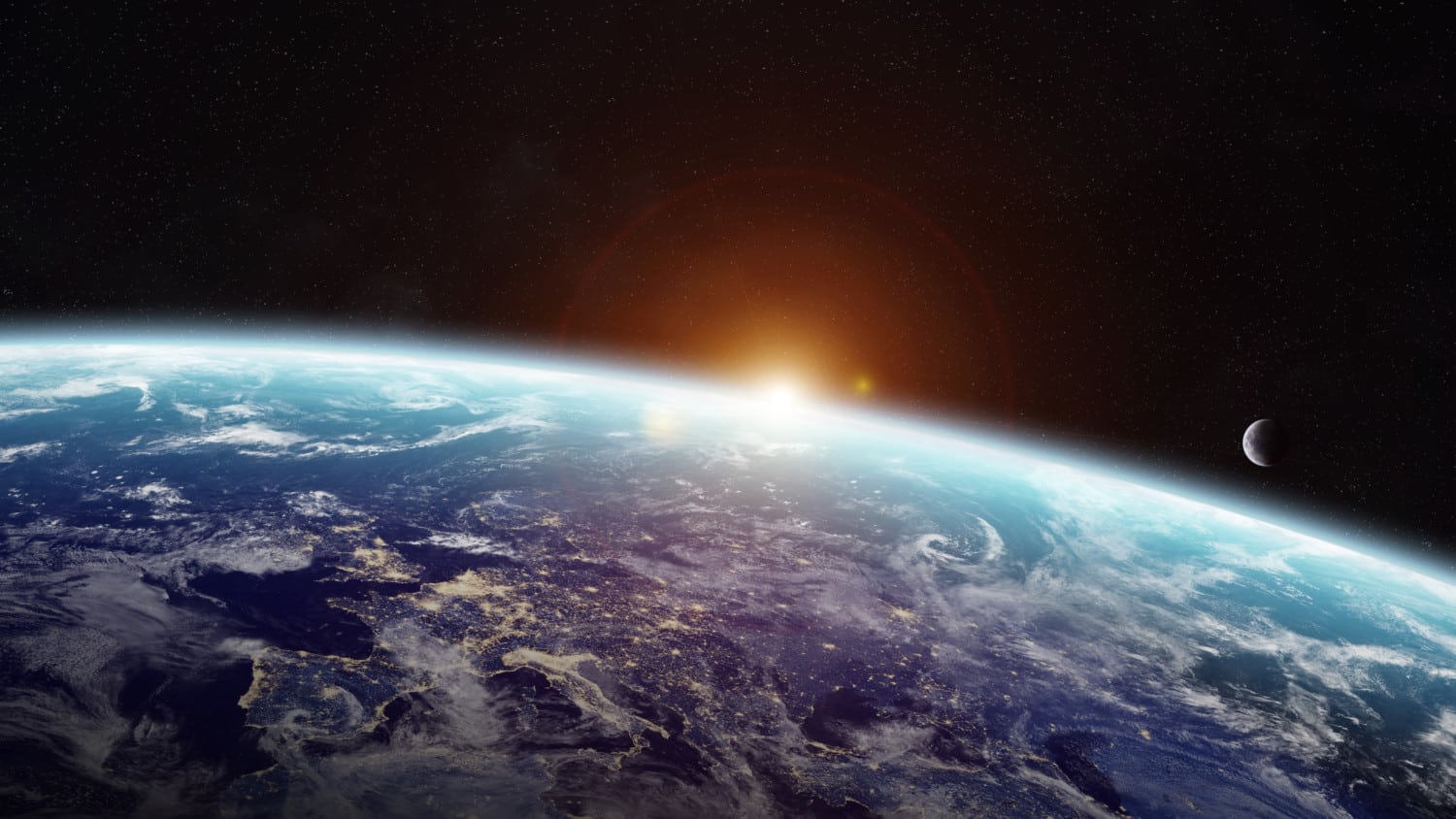
The eclipse this month will be slightly north of the Earth’s shadow, but it’s close enough to be the longest eclipse for this century.
Here’s another glimpse of what some lucky stargazers might see in the sky on July 27 and 28, shared on Twitter by Space.com:
The next lunar eclipse will be a total lunar eclipse on July 27, 2018. https://t.co/OPWrxqLVuL pic.twitter.com/bZnZZgh4Yq
— SPACE.com (@SPACEdotcom) June 26, 2018
It’s All In The Lunar Details
In a total lunar eclipse, the moon turns red — it’s often called a “blood moon” — for the same reason sunrise and sunset often have that rosy hue: The light illuminating the moon is filtered through the Earth’s atmosphere.
Once In A Blue (And Black) Moon
In addition to blood moons, there are also black moons and blue moons.
That’s right: You’ve probably heard the expression that references the blue moon when something occurs very infrequently. And scientists say it’s for a good reason: Blue moons are indeed a rare phenomenon. You can expect to catch the next seasonal blue moon in the spring of 2019.
Watch this video, shared on YouTube by Storm Shield App, for more information about the elusive blue moon:
Of course, if you were looking up at the sky on September 30, 2016, then it was probably because you know that a black moon is also rather rare. But when it does occur, you have a chance to take a peek at the dark side of the moon (yes, like the Pink Floyd Album).
Here’s some information about the last black moon, shared in a video by AccuWeather on YouTube:
The good news? You’ll have a chance to see it again in July 2019 — which means spring and summer of 2019 are shaping up to be some solid moon-watching seasons.
Follow meteorologist Jason Meyers on Twitter or watch one of his entertaining and educational YouTube videos.


